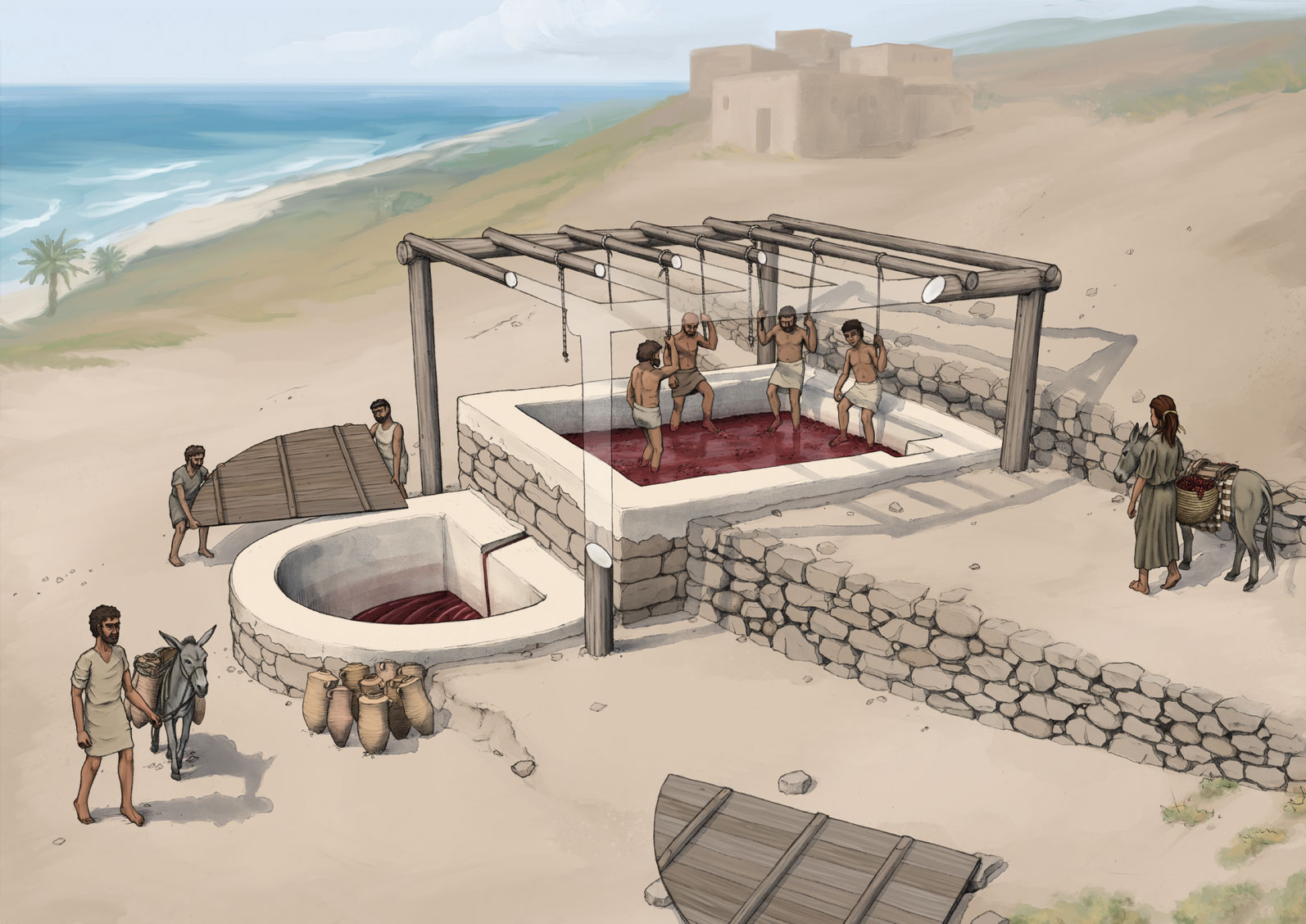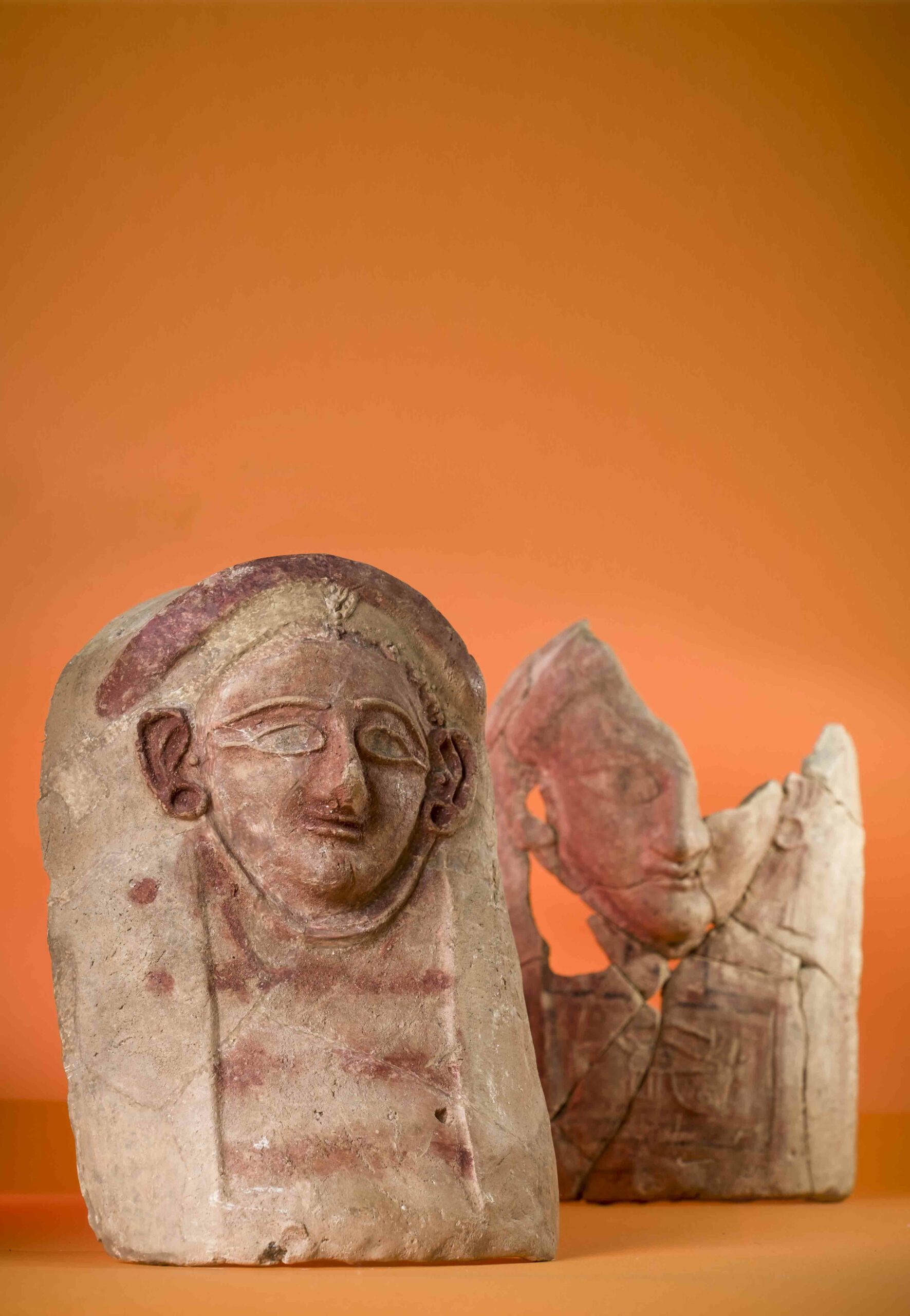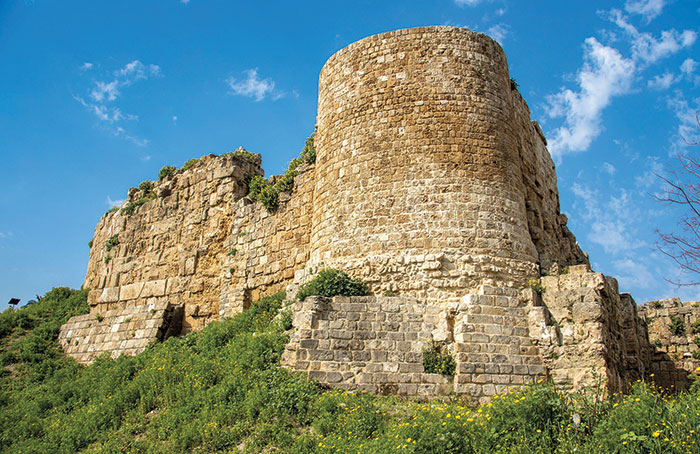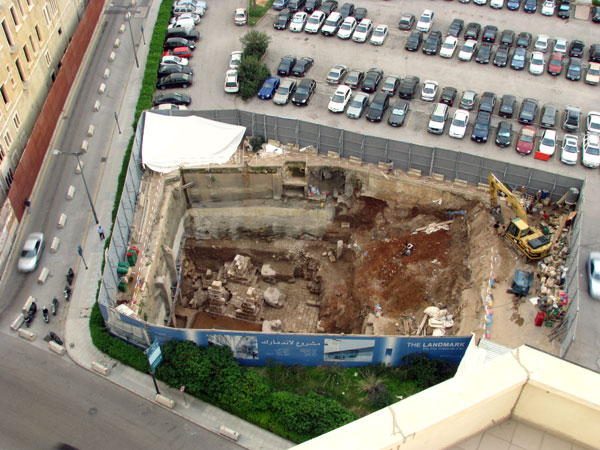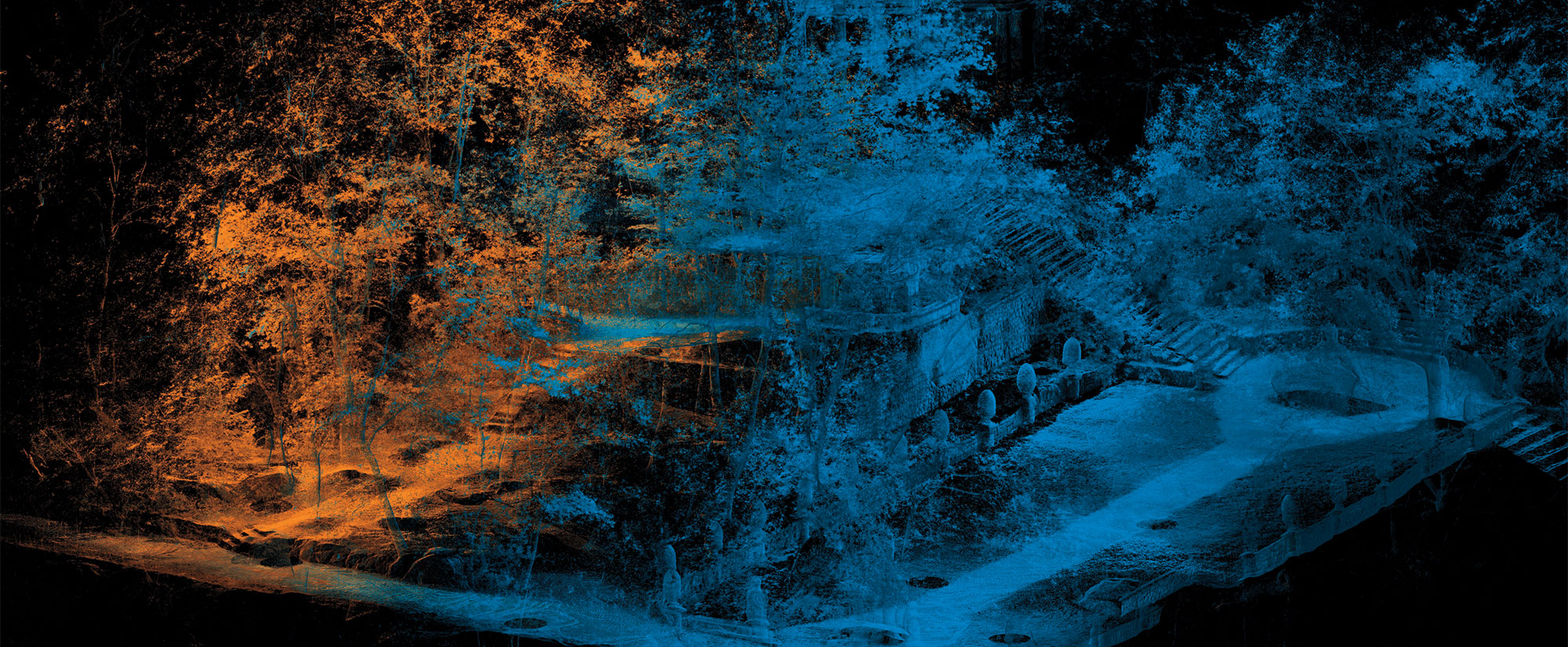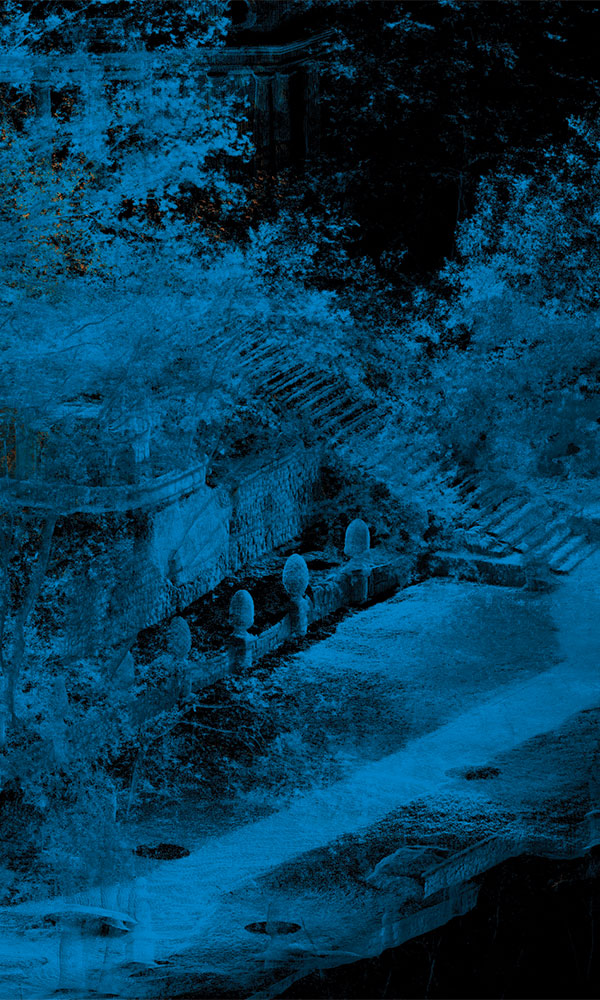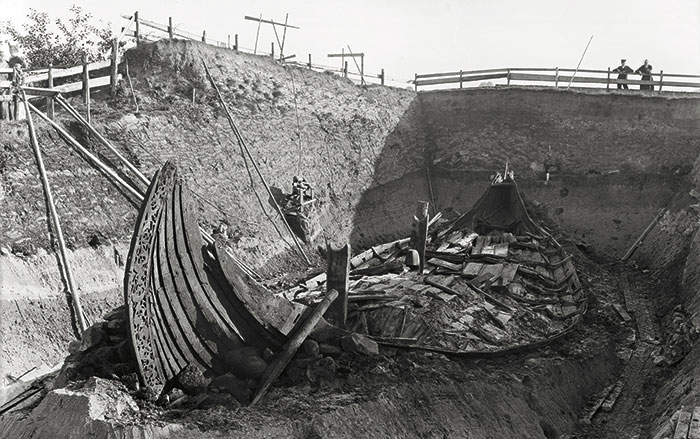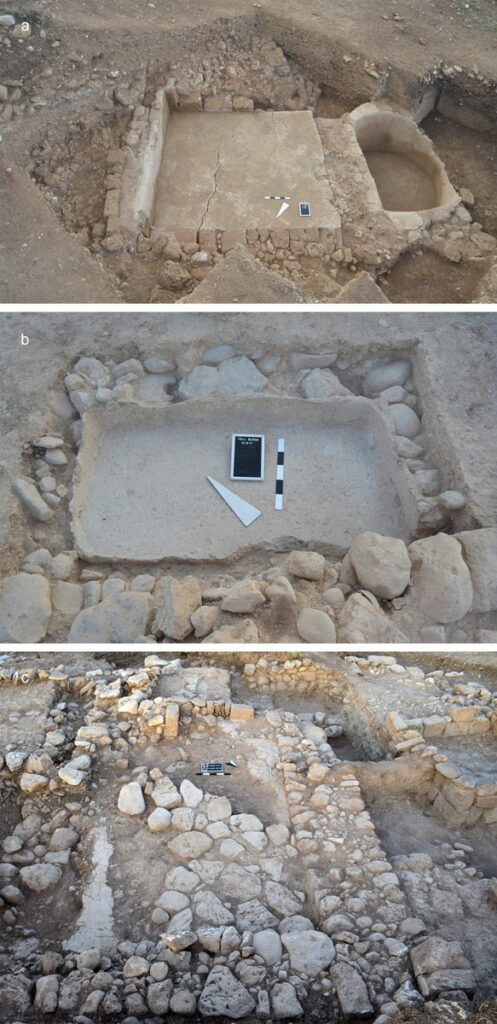
TELL EL-BURAK, LEBANON—Phoenician builders invented a type of waterproof plaster long before the Romans popularized it, according to the Greek Reporter. Archaeologists working at the site of Tell el-Burak in southern Lebanon recently uncovered a winemaking facility dating to between 725 and 600 b.c., the oldest known complex of its kind in the region. The structure features a large grape treading basin linked to a fermentation vat capable of holding about 1,188 gallons. Analysis of the basin’s surface indicated that it was coated in a special plaster that was mixed with crushed fragments of pottery, likely broken amphoras. The ceramic inclusions chemically reacted with the lime binder to create a pozzolanic material that was capable of setting and hardening even in wet conditions. “The presence of ceramic aggregates wasn’t just about recycling waste—it was a technological choice to produce water-resistant, durable plaster,” said University of Tübingen archaeologist Silvia Amicone. The new research has forced archaeologists to reevaluate the sophistication of Phoenician engineers and to redate the origins of hydraulic plaster technology, which was largely considered a Roman innovation. Read the original scholarly article about this research in Scientific Reports. To read about hundreds of Phoenician ceramic figurines that seem to have been deliberately cast into the ocean as part of a ritual, go to "Offerings at Sea."


